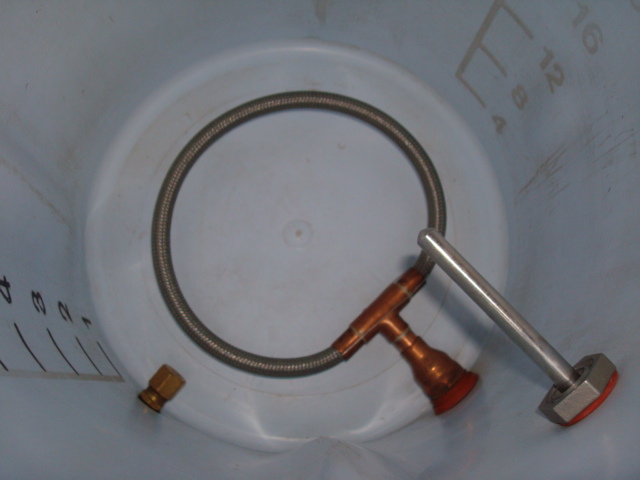Whatsgoodmiley
Well-Known Member
- Joined
- Sep 6, 2015
- Messages
- 223
- Reaction score
- 32
I'm switching to AG. I've bought the 10 gal. circular cooler and now I have to decide between installing a false bottom and a circular braid.
Questions:
1) I'm confident both are very efficient and I know that the braid will reduce the chance of stuck mashes and may filter more particulates out than the false bottom. I also realize efficiency isn't the be-all and end-all. But which is more efficient?
2) how much will it cost? I know I can buy a 12" false bottom for ~$30, but I don't know how much more the parts for the circular braid would cost.
3) what parts do I need to buy to build the circular braid? Or can I bug someone at Home Depot about this?

Questions:
1) I'm confident both are very efficient and I know that the braid will reduce the chance of stuck mashes and may filter more particulates out than the false bottom. I also realize efficiency isn't the be-all and end-all. But which is more efficient?
2) how much will it cost? I know I can buy a 12" false bottom for ~$30, but I don't know how much more the parts for the circular braid would cost.
3) what parts do I need to buy to build the circular braid? Or can I bug someone at Home Depot about this?

































![Craft A Brew - Safale S-04 Dry Yeast - Fermentis - English Ale Dry Yeast - For English and American Ales and Hard Apple Ciders - Ingredients for Home Brewing - Beer Making Supplies - [1 Pack]](https://m.media-amazon.com/images/I/41fVGNh6JfL._SL500_.jpg)



























